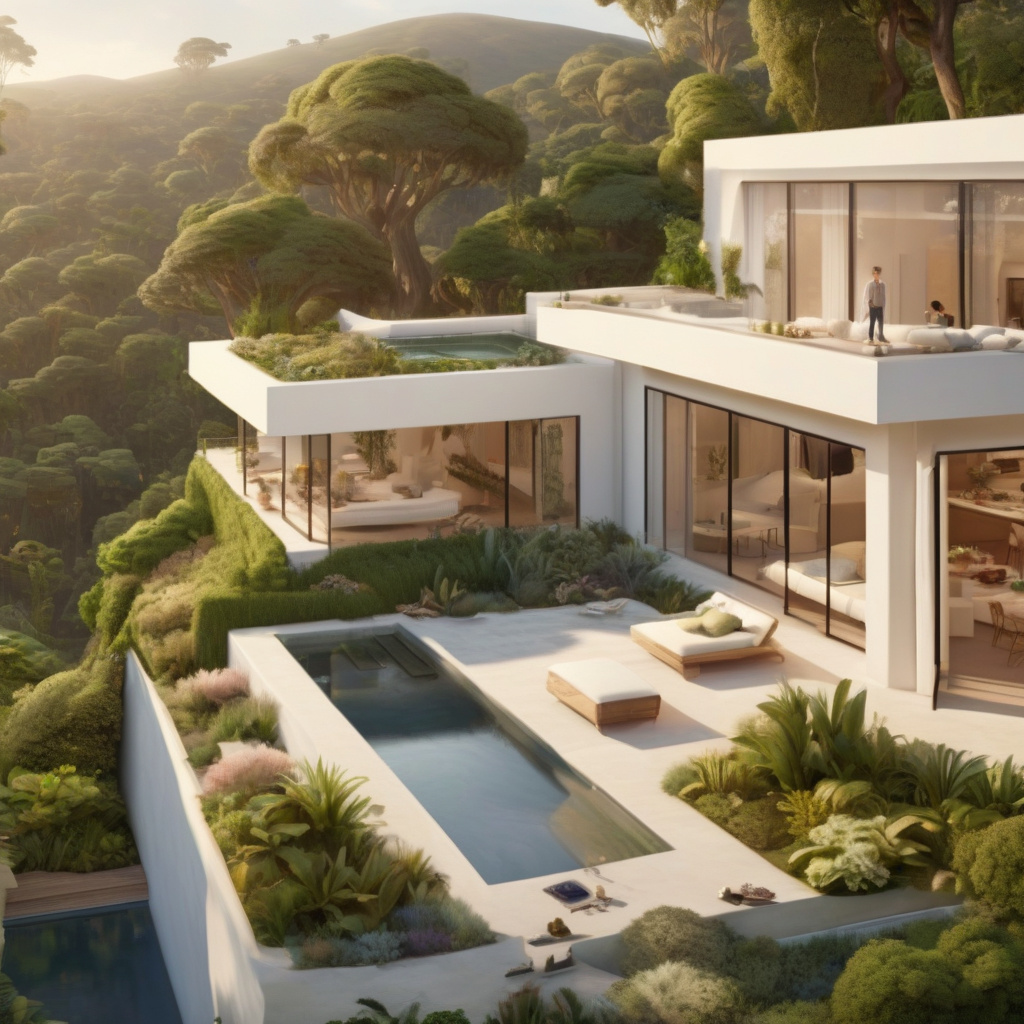Living in the shadow of tech giants like Mark Zuckerberg can be both awe-inspiring and daunting, especially when their vast wealth reshapes entire neighborhoods. In a recent New York Times report, it was revealed that Zuckerberg has been quietly expanding his presence in Palo Alto over the past 14 years. The Meta CEO’s acquisitions include a staggering 11 properties totaling over $110 million, forming a personal enclave in the picturesque Crescent Park area.
On the surface, Zuckerberg’s compound may seem like a display of opulence and exclusivity. However, the ramifications of such concentrated wealth extend beyond mere real estate transactions. The hidden costs of living in proximity to these tech titans can have far-reaching effects on the community and its residents.
One immediate impact is the distortion of local property values. As Zuckerberg acquires more properties and consolidates them into his compound, the surrounding real estate market can experience inflation. This surge in prices may price out long-time residents, leading to gentrification and a shift in the neighborhood’s demographic makeup. Such changes can disrupt the social fabric and sense of community that once defined the area.
Moreover, the creation of a private fiefdom within an established neighborhood raises questions about access and inclusivity. While Zuckerberg’s compound may offer privacy and security for his family, it also creates physical and psychological barriers between himself and the rest of the community. The presence of high walls, security details, and restricted access points can contribute to a sense of isolation and exclusivity that alienates neighbors and diminishes the sense of shared space.
Beyond the immediate neighborhood, the concentration of wealth in the hands of a few tech elites like Zuckerberg can have broader implications for the city at large. Disparities in wealth and privilege can exacerbate existing social inequalities, widening the gap between the haves and the have-nots. This economic segregation not only affects housing affordability but also impacts access to resources, opportunities, and public services for residents outside the tech elite’s sphere of influence.
In essence, the hidden cost of living amid Mark Zuckerberg’s $110 million compound goes beyond the price tags of his real estate acquisitions. It encompasses the intangible losses of community cohesion, inclusivity, and social equity that can erode the fabric of a neighborhood over time. As technology continues to shape our physical and social landscapes, it is crucial to consider the broader implications of concentrated wealth and power in the hands of a few individuals.
In conclusion, while Zuckerberg’s compound may stand as a symbol of his success and influence, its presence underscores the complex dynamics at play in modern urban environments. As residents navigate the evolving landscape of Silicon Valley and beyond, it is essential to engage in conversations about equitable development, community resilience, and the true costs of living alongside tech billionaires. Only by addressing these hidden costs can we strive towards a more balanced and inclusive future for all.

